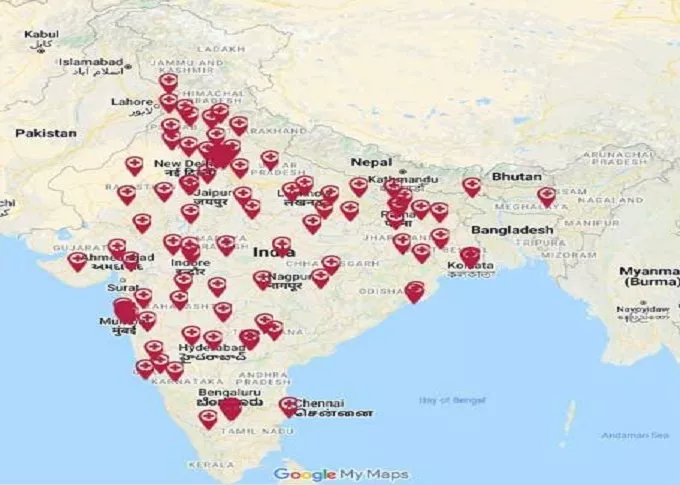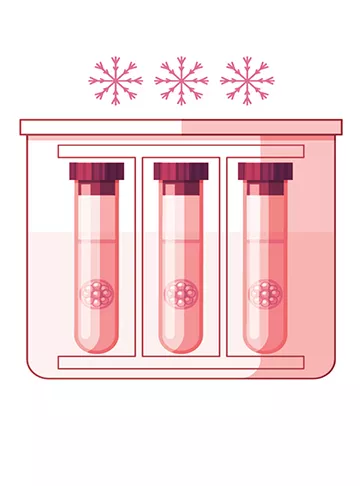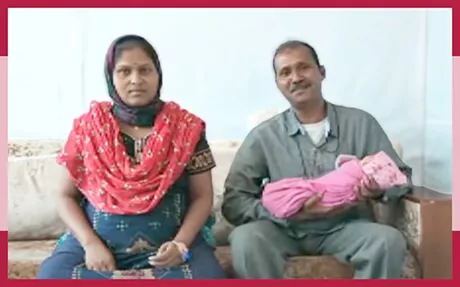The fundamental goal of embryo freezing is to preserve the embryo for eventual use. As a result, the embryo must be kept in an environment that does not cause it to die. The following are the stages involved in freezing or cryopreserving an embryo
Embryo selection
The female is medically stimulated to produce additional eggs as part of the IVF process. In addition, the guy produces a greater quantity of sperm cells. When the two are combined, multiple embryos frequently form. The doctor normally implants one to four embryos into the mother and discards the others. The most healthy embryo or embryos are chosen here to be kept for future use.
Remove the water content.
Without refilling the water content inside the cells, the chosen embryo cannot be frozen immediately. This is because the water content inside the cells freezes and crystalizes when it is maintained frozen. The crystal development might cause the cell to expand, causing it to burst open and die. Cryo protectants are employed to refill the water content inside the cells to prevent this from occurring.
Embryo Freezing
The embryo is cooled (20 degrees Celsius) and frozen after the water content is removed. This can be accomplished in one of two ways:
Slow freezing
To prevent the embryos from harm, they are placed within a tube (straw sealed with sterilised bearings). To minimise ageing and damage, the temperature in the tubes is gradually reduced (from 20° to -7° and eventually to -35°) after the embryos are placed inside. The straw/tube is taken out of the freezer and placed in the liquid nitrogen container, which is kept at -196° Celsius.
Vitrification of eggs
This is a short procedure. The cryoprotected embryos are frozen at a quicker rate in this method, which prevents the water molecules in the embryos from crystallising. The embryos are preserved in liquid nitrogen once they have been frozen.
This method is seldom utilised since it necessitates a high grade of cryoprotectants and the liquid nitrogen can be contaminated.
Chances of the embryos being utilised again -
Thawing is the term for the process of defrosting. When embryos are needed, they are removed from the liquid nitrogen container and put in a water bath with a progressive temperature rise. The cryoprotectants leave the embryos when the temperature rises. A progressive dilution technique is used to reduce the influence of the remaining cryoprotectants.
It's never too late to seek help from advanced reproductive drugs and technology if you're having trouble becoming pregnant! You may also seek advice from a healthcare professional for more information and choices.
Tools to help you plan better
Get quick understanding of your fertility cycle and accordingly make a schedule to track it
Get a free consultation!


















